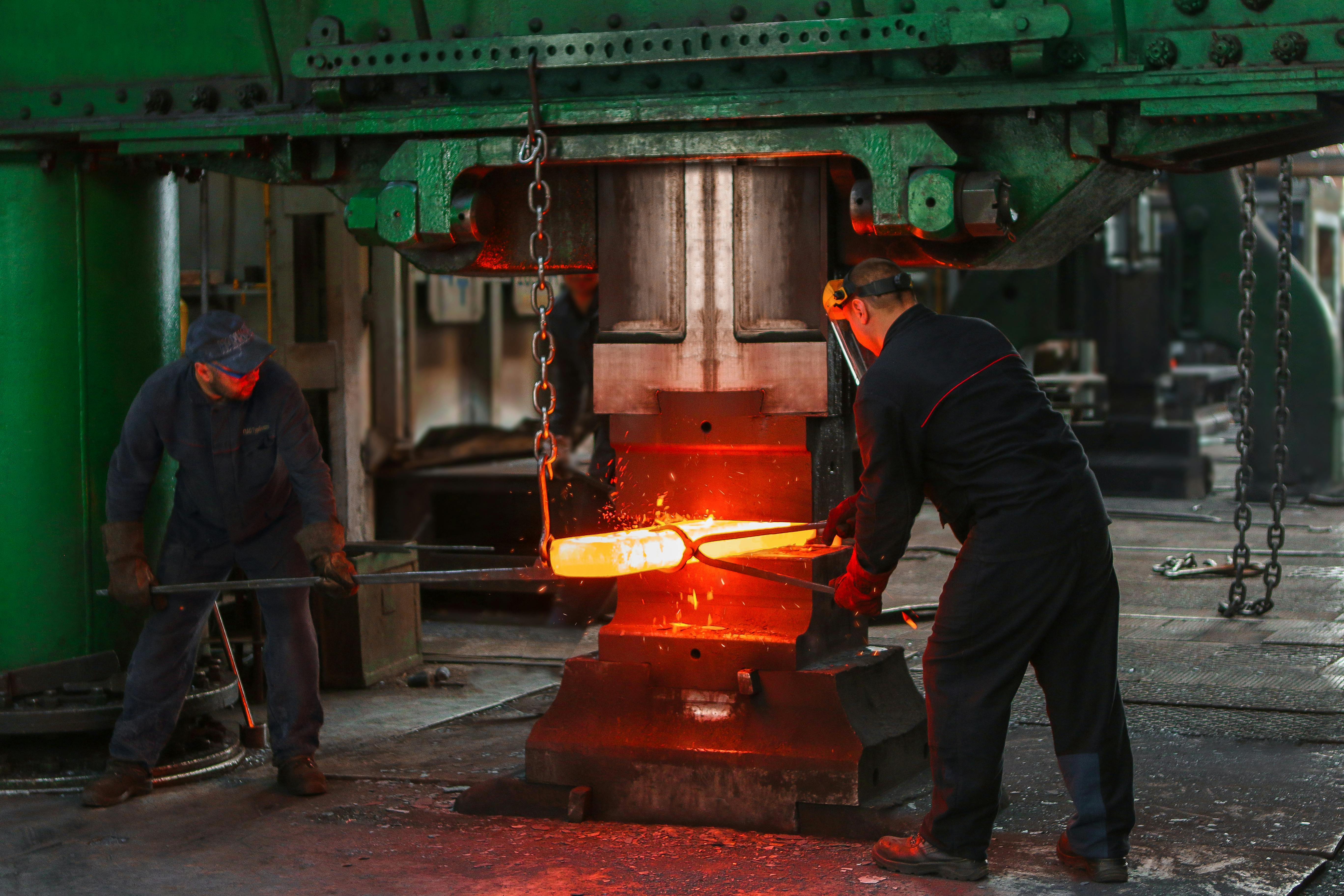Those of us who make regular trips to the same destination can relate to the inevitable drudgery of travel. On a recent visit to North Carolina, the drive home took a twist of fate when we veered down a road less travelled. Because when we pulled off the freeway, little did we know that we had taken the exit ramp into… the twilight zone of travel.
Although it was a kinder and gentler twilight zone, it was still a meeting of the historic, the natural, and the just plain weird. These sites were collected primarily along Coastal Highway 17 in South Georgia and in Florida. Although the lines of our routing were a bit smudged from time to time, the images were sharp.
Deep in the southeast coast region of Georgia, lies the 280,000-acre Fort Stewart. Started with a 5,000-acre purchase in 1940, what was then called Camp Stewart grew to become the largest military installation in the eastern US every major conflict. It has been a prisoner of war camp during World War II and a training ground for tank, field artillery, and helicopter artillery during the Korean War, the Vietnam War, and the Iraqi freedom struggle. Now part of the Stewart/Hunter complex, Fort Stewart is the U.S. Coast Guard Station, Savannah, providing 24/7 search and rescue coverage for coastal areas of the this, in addition to their training responsibilities.
This historic fort was literally located on “the road less travelled”; a rough dirt road leading back to an area of beautiful homes backed by low country grasses and marshy backwaters. As we continue on our unofficial tour, we pass and almost miss “the smallest church in America.” In South Newport, GA is the lonely Memory Park Christ Chapel. Built in 1950 by Agnes Harper, a local shopkeeper, the little symbol of Christianity is open 24/7 for all faiths. Amid the hanging Spanish moss is the 10′ by 15′ building containing a small pulpit, a few pews and a stained glass portrait of Jesus, straight from England. The steeple atop the insignificant house of prayer was donated by a couple who married there in 2002. Nowhere can you be more intimate with your faith than in the “Where People Rub Shoulders With God” chapel.
As we made our way back to civilization from the ends of the eastern edge, we squinted at the mirage on the road ahead. What looked like a dark moving line on the road was actually a mother raccoon and five babies in a convoy like a gang of schoolchildren following the local crossing guard. They disappeared into the woods, slipping away like an imaginary vision in the mid-afternoon sun. We watched as the last ringtail disappeared into the dense undergrowth and then continued towards the road.
Once we left the dirt in our dust and continued down Coast 17, we saw even more interesting sights. In Darien, Georgia, we saw a man climb a phone survey. Nothing unusual about this, just that this man wasn’t real; he was an imaginary cartoon figure of a being with a long pointed nose and tattered clothes. In Woodbine, Georgia, we slowly make our way into town under the scrutiny of local law enforcement just in time to come across a “Dead People’s Things 4 Sale” sign. As if that wasn’t weird enough, this sign ended up on the internet as a mug shot the next day appearing in the top ten of a marketing strategy story. What a surprise.
Also in Darien is the McIntosh Old Jail Art Center. This is the epitome of recycling, as the city has designated the 122-year-old building for use as a center for teaching, viewing, and buying art. The jail cells that held criminals until 2002, when Judge Dudley Bowen, Jr. called the facility “grim and creepy,” now house art exhibits in a museum-style arrangement. Special events and shows shine in the washed, polished and revitalized enclosure turned art area.
Further down the road, the majestic entrance to Jekyll Island is set amid salt marches and the remains of the original drawbridge. Once across the bridge, a 200-acre historic district awaits. The Jekyll Island Club was the safe haven for millionaires to relax or do business in the late 1800s and 1900s. Names like Morgan, Astor, Rockefeller, Vanderbilt, Goodyear and Pulitzer populated the registry and the island to fish, golf , tennis, sailing, biking and swimming during the winter months. The island has significant historical value, as well as lush landscapes and architectural beauty.
Once one has meandered far enough to cross the border, Central Route 301 offers interesting highlights for Florida travelers. Route 301 is a branch of US Route 1 that runs 1,099 miles from Glasgow, DE to Sarasota, FL. Route 301 was established as a replacement piece for a portion of US-17 and all of US-217, one of the original designated US highways in 1926. Route 301 features the infamous Waldo speed traps, Starke and Lawtey. Travelers speeding through here risk lights, sirens and tickets from local police. Speed limits jump back and forth so often that your foot will get an arch cramp.
In addition to his speed trap representative, Waldo also introduces the giant rocking chair outside the Waldo Flea Market. This swap shop has something for every Saturday and Sunday with over 1,000 stalls of new and used merchandise and goods. Its unofficial tagline reads “from green beans to blue jeans,” all located on 50 acres of 301 and highlighted by the massive wooden chair that towers over cars, people, and even the NE 177 Pl highway sign that sits on the corner of the market.
Off the beaten track of 301, just south of Hawthorne, is Tony’s Art Museum of Taxidermy. Located in a former motel, these guests checked in but did not check out. Ancient creatures of day and night are on display for fun and purchase. The likes of zebras, dik diks, elephants, deer, bears, fish, and birds adorn what would seem to be every inch of the surface. Tony’s is truly a taxidermy treasure.
For part of our journey, the sights, sounds and wonder were accompanied by another sight seemingly rare these days… the train. The First Coast Railroad occupies only 32 miles of track from Yulee to Fernandina Beach, Fl., as well as from Yulee to Seals, Ga. The train serves only 10 customers and uses the old Seaboard Air Line Railway tracks, but the dotted towns and hanging Spanish moss, the hum of the tracks and the whistle of the taxi made for really nice company. A reminder that even in the twilight zone of travel, there is a familiar foothold.



